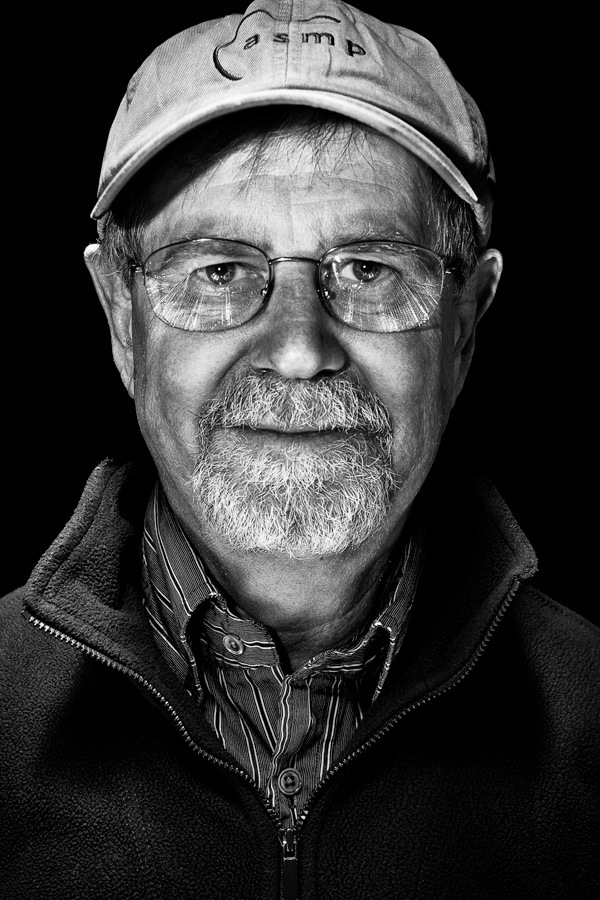Richard Anderson Biography
Richard began his career in photography while still in college, shooting college theater productions and covering events for the college paper. Although he graduated with honors in economics, Richard decided that a career in photography would better suit his artistic temperament.
Immediately after graduating, Richard travelled throughout Europe for several months, accumulating a portfolio of street photography. Basically penniless upon his return, he gratefully accepted a production job at a printing company. He soon reached his goal of becoming a staff photographer for a graphic design firm picking up skills as an assistant graphic designer along the way.
In 1976 Richard became the production photographer for Center Stage, Baltimore’s preeminent theater. This allowed him to finally use his business education to help him survive as a freelance photographer. During the next decades, Richard enjoyed a successful career as a corporate/advertising photographer, which included several around the world trips shooting for various companies and educational institutions. During this period Richard received many awards of recognition for his work. The awards continue to accrue, with his latest annual report for Kaiser Permanente winning the print category from the Public Relations Society of America.
Always up for change, Richard was an early adopter of digital photography, paving the way for others by conducting numerous seminars, magazine articles and a book on digital photographic workflow. His work in that area culminated in two websites: Updig.org and dpBestflow.org, a Library of Congress funded effort to make the world safe for digital imaging. Based on this work, he received the 2009 International Photographic Council (IPC) Photographer Leadership Award in recognition of his contributions to the photographic trade.
When the digital cameras Richard used became capable of recording motion, and he found a new career direction. Always interested and intrigued by films, Richard believes that much of his future now lies in documentary filmmaking. It allows him to communicate his intense interest in people’s life stories gained through years of making portraits, only now the portraits are in motion.
http://www.rnaphoto.com

